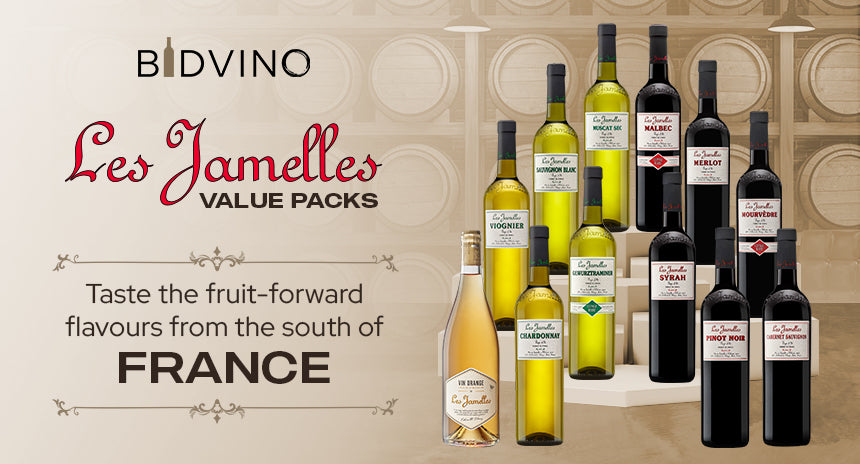You have no items in your shopping cart.
Wine 101: An Overview of Bitters
“Livy my darling, I want you to be sure and remember to have, in the bathroom, . . . a bottle of Angostura bitters. . . . .” said Mark Twain in one of his letters to his wife Livy.
So, what is special about this statement aside from the term of endearment Mark Twain showed for his wife. The fact that Mark Twain requested for a bottle of Angostura bitter is a clue to his penchant for wines and alcoholic beverages, specifically cocktails.
Bitters. The name itself will let you think of tasting something that has a sharp sour flavour. But despite its unfavourable definition and leaving a cringe-like aftertaste, this concoction is actually advocated for its purpose.
Bitters are concentrations made from different spices, fruits, flowers, herbs, and bitter roots that are soaked in a base liquor. With the process of making bitters, one may have a perception that it only started during 19th century, since the height of manufacturing and using bitters was in 1800s. However, ancient records say otherwise. there are accounts that these bitters may have started during the ancient period.
Some say that the earliest record is that from the Egyptian period where drawings of what seemed to be a process of infusing herbs into wines. Another historical account, which is based on Mark Bitterman’s book entitled “Bitterman's Field Guide to Bitters & Amari”, is that bitters were part of the Chinese brew (circa 7,000 B.C.). It is said that Chinese would create brews containing fruits (berries and grapes) and honey; it would also include an ingredient that has a pungent taste.
Originally, bitters were not meant to be blended with other alcoholic beverages. The reason? They were used as a cure-all for any sickness when it was invented. In fact, several bitters we now know started out differently — as medicinal drinks. They are considered as tinctures. Due to its healing properties, it was used for several years as a medicine to remedy various sicknesses and disorders, especially digestive problems brought by food consumption before the invention of the refrigerator. Other illnesses include headache, stomach pains, and body discomforts. Naturally, some of today’s well-known bitters brand started out as pharmaceutical or medications for specific illnesses.
Changing Times
Over the years, the usage of bitters took a great turn. This concentration of mixed herbs and spices eventually became part of the drinking alcohol beverages and has been a staple at bars; and is now termed as cocktail bitters.
What is the difference of the bitters before to ones used with cocktails?
Cocktail bitters is used as a solvent for other flavourings. Bitters helps to add more depth, kick, and flavour into the mix. Its main ingredients are water and alcohol. But don’t fret, blending bitters in modest amount will not add up to the alcohol level of what you are drinking.
Nowadays, bitters are considered an important part of mixing up drinks bringing new taste with each drop. There are different categories of bitters: aromatics, citrus, and fun-flavoured bitters. Since its heyday during the 19th century, a lot of brands were created and new flavours are added, but here are some of the well-known brands and the wines and some possible wines you can pair them with.
As they say, a cocktail is not a cocktail without bitters.
Angostura
This bitter was created by a German doctor to help Venezuelan soldiers and sailors to fight off sea sickness. With a secret ingredient dating back to 1824, this bitter was named after the city where the troops would go in and back from the port.
Peychaud’s
Using the same recipe from 1830s by Antione Peychaudm this is another household brand in the bitters industry. This bitter which is made up mostly of gentian is one of the key ingredients in making the Sazerac, the first cocktail created in New Orleans.
Fee Brothers
One of the oldest bitters manufacturer that started since 1860s. Fee Brother’s makes different ranges of bitters, and consists mostly of sugar alcohol.
These and other bitters would be perfect for an after-work cocktail party. But should you prefer other drinks, then our selection of retail fines wines is what you are looking for.




















